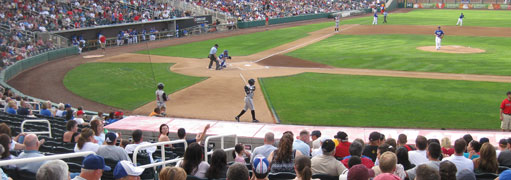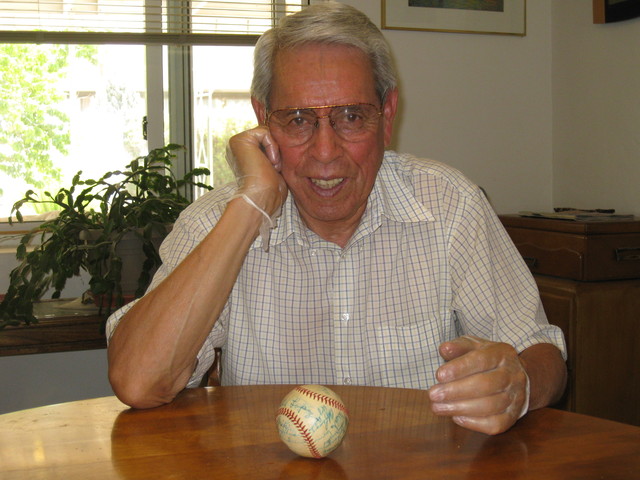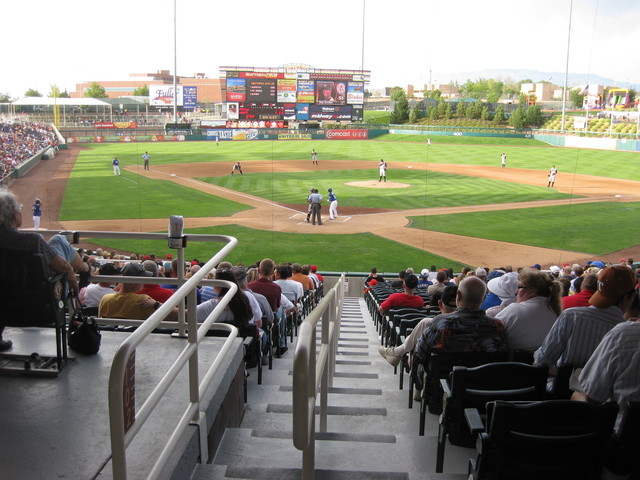Baseball: Making Claim To A Foul Ball Is Seldom Easy
Making Claim To A Foul Ball Is Seldom Easy


Art Duran
Toby Smith

Toby Smith

Toby Smith

Fans at Isotopes Park get ready for a game
Toby Smith




